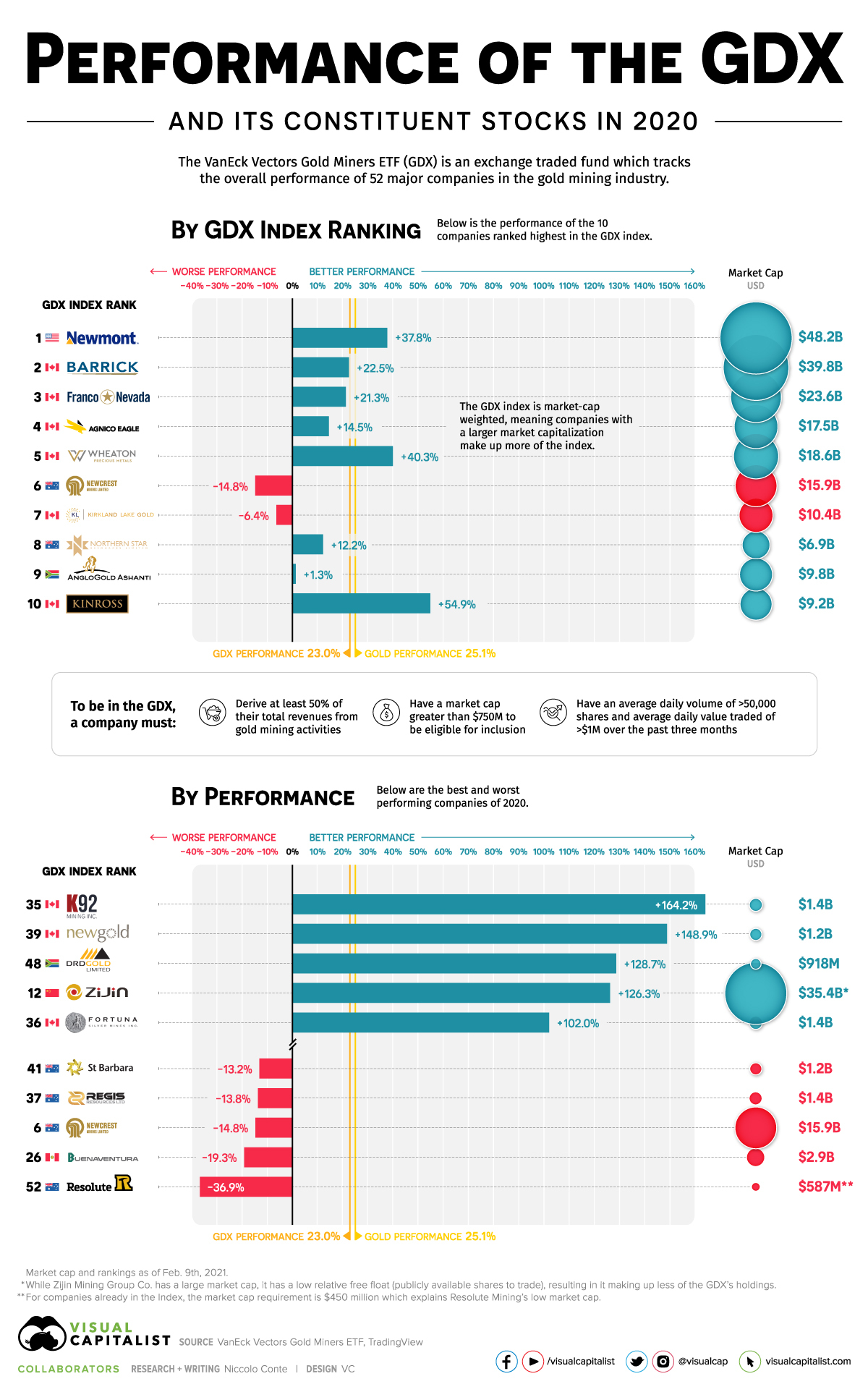Decoding Gold Market Performance: Trends and Insights


Deciphering Trends: Navigating Gold Market Performance
Understanding the performance of the gold market is fundamental for investors seeking to make informed decisions. In this exploration, we will delve into the multifaceted aspects of gold market performance, examining trends, factors influencing performance, and strategies for navigating this dynamic landscape.
Analyzing Historical Performance Trends
A crucial starting point in deciphering gold market performance is to analyze historical trends. Examining how gold prices have responded to economic, geopolitical, and market events provides valuable insights. Historical performance trends serve as a foundation for anticipating potential future movements in the gold market.
Macroeconomic Factors Shaping Gold Performance
Gold is closely tied to macroeconomic factors that influence its performance. Economic indicators such as inflation rates, interest rates, and overall market stability play a pivotal role. Understanding the relationship between these macroeconomic factors and gold performance is essential for predicting and interpreting trends.
Global Events Impacting Gold Market Trends
Geopolitical events exert a significant influence on gold market performance. Trade tensions, political unrest, or global economic downturns can trigger increased demand for gold as a safe-haven asset. Analyzing how global events impact gold market trends provides valuable insights for investors navigating this dynamic landscape.
Technological Advances and Performance Dynamics
The performance dynamics of the gold market are also influenced by technological advances. Online trading platforms, algorithmic trading, and real-time data analytics have transformed the way investors engage with the gold market. Staying abreast of these technological trends is crucial for adapting to the changing dynamics of gold trading.
Investor Sentiment and Its Impact on Performance
The sentiment of investors plays a crucial role in shaping gold market performance. Market psychology, influenced by factors like fear, optimism, or risk aversion, can drive sudden fluctuations. Analyzing investor sentiment provides valuable clues about short-term and long-term trends in the gold market.
Currency Movements and Their Relationship with Gold Performance
Gold prices often exhibit an inverse correlation with currency movements. When the value of a currency weakens, investors may turn to gold as a store of value. Understanding the relationship between currency movements and gold performance is essential for investors to make well-informed decisions in a globally interconnected financial landscape.
Diversification Strategies for Optimizing Performance
For investors, leveraging gold market performance for optimal returns often involves diversification. Integrating gold into a diversified portfolio helps manage risk and enhances stability. Examining current performance trends allows investors to strategically allocate assets, ensuring a balanced and diversified investment approach.
Environmental and Regulatory Influences on Performance
In addition to market dynamics, environmental and regulatory factors also impact the performance of the gold industry. Increasing emphasis on sustainability and responsible mining practices is influencing performance trends. Investors attuned to these influences can identify companies aligning with evolving environmental and regulatory expectations.
Strategic Positioning for Future Performance Trends
Anticipating future trends is a hallmark of successful investors. Staying proactive and strategically positioning investments based on emerging performance trends is key to capitalizing on opportunities. Regularly reassessing and adjusting investment strategies ensures alignment with the ever-changing dynamics of the gold market.
To explore further insights into Gold Market Performance, visit Gold Market Performance. This resource provides additional tools and perspectives to refine your understanding of gold market performance, assisting you in making well-informed investment decisions for optimal returns.








